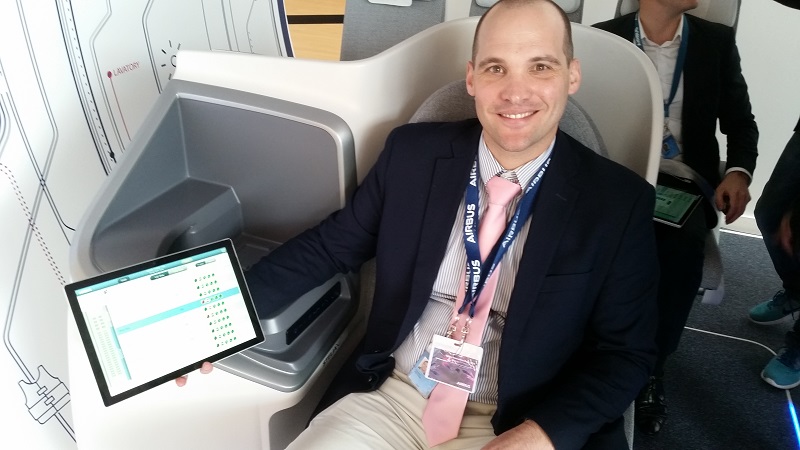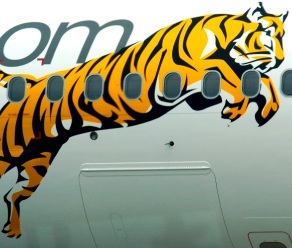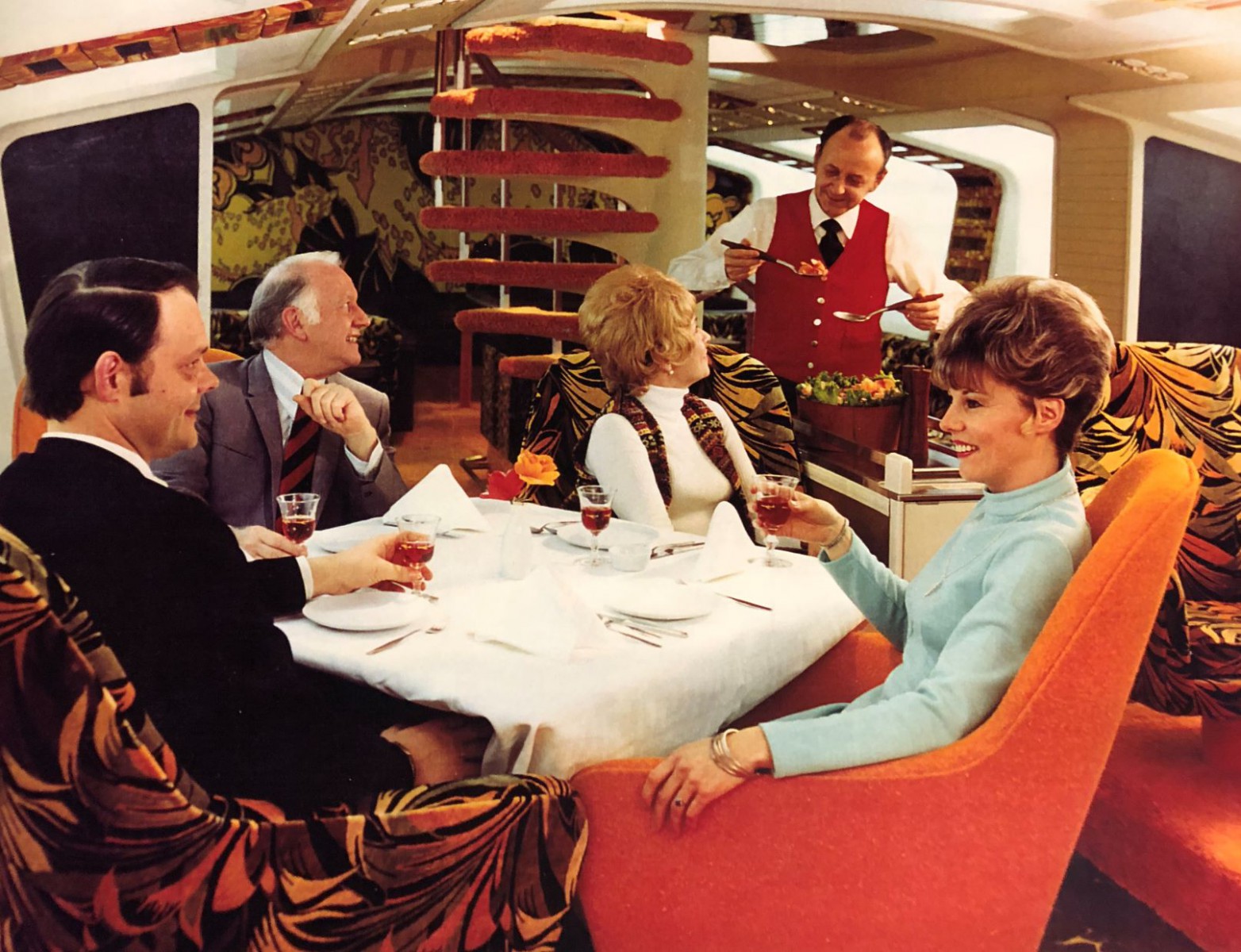New tech means your aircraft is watching you
22 May, 2019
5 min read
By joining our newsletter, you agree to our Privacy Policy


Forgetting to put on your seatbelt if your aircraft hits turbulence on future flights may result in you receiving a personal alert on your entertainment system telling you to buckle up.
Sensors in the seat will connect to a digital backbone in the aircraft that will show cabin crew which passengers have failed to buckle their seatbelts.
The same could apply if you’ve failed to move your seat into the upright position, not put up your tray table or you've been tardy in stowing your screen.
The new airborne digital backbone, part of the Airbus Skywise system, will be progressively added to the company's aircraft and is also likely to relegate to the past the frantic search for that last piece of free space in the overhead bins.
Perlan glider returns for fourth attempt to reach 90,000ft.
The smart system will allow cabin crew to determine which bins are full or half-full on their tablets and passengers will also get an indication through LED lights on the bins.
“The cabin crew can guide the passengers to areas where there is still volume available in the overhead storage,’’ Airbus aircraft interiors marketing director Florent Petteni said on the sidelines of the Airbus Innovation Days conference.
The system is all part of moves to harness the torrent of data modern jets provide to monitor the aircraft’s health and provide predictive maintenance and use it for a “connected cabin”.
The A350 already monitors equipment such as inflight entertainment monitors and ovens while in flight and sends the information to the ground, including part numbers, so any problems can e fixed quickly after a plane lands.
New data processing technology means airlines will be able to better monitor the cabin environment as well as inventory such as drinks and food.
“So our target really is to create an internet of things platform, so an IOT backbone, that is then installed on the airplane,’’ Petteni said..
“Back at home … your platform is standard and you can connect your games or your TV or whatever.
“This is the same principle on the airplane.”
Cabin furniture such as seats, food and drink trolleys and even loos could be connected to the platform and used by analysis for the carrier after it has been downloaded or in real-time by passengers or crew.
Another example cited by Petteni was a passenger ordering food and drink.
Cabin crew would know whether they had run out of a soft drink or beer and delete that option from the menu.
Some of the sensor technology is already available in other industries, the prime example being seat belts alerts in cars.
Transferring it to aircraft would significantly help cabin crew.
“Today, when the captain turns on the fasten your seat belt sign the cabin crew have to run through the aisle and check that ... 200-odd passengers on the plane have their seat belts fastened,’’ Petteni said.
“They will have on their iPad the status of all the seat belts on all the passengers and the only thing they have to do is actually go see those few passengers who do not have their seat belt fastened and tell them to fasten their seat belt.
“They don’t have to check 200 seats. “The same thing for the landing checks.”
In the galley, the system could relieve cabin crew of the chore of checking the contents and location of trolleys after they are brought on board by ground handlers.
“The ground caterer puts the trolley in the galley, the galley will automatically know if the trolley is in the right spot or not and how many Coke bottles it has and all of that stuff," Petteni said.
Cabin crew who receive an order from a passenger in flight will be able to check on their tablets where the requested item is located without having to ferret through drawers to find it.
Airbus itself will not provide these services but expects it to come from partners connecting to its IoT backbone.
Petteni also suggested there could be health monitoring which would indicate whether a passenger is too hot but said this would be up to the airlines and seat manufacturer,
The same applies to privacy concerns, which have already been raised about video cameras installed on some seats.
“We do not manufacture seats, we do not manufacture galleys. What we provide is the backbone,’’ he noted.
“What an airline will do will depend most likely on what brings value to them and what passengers like or see a benefit in.
“So it is not for us to decide.”
However, he noted that the system did not collect personal data.
“We are just checking if your seatbelt is fastened, “ he said, adding the system did not reveal who had fastened it. “This is really not the point. This type of data is used in real-time, like in your car, to make sure that you’re safe.”
The target is to have the backbone available on the A320 family by the end of 2021 and then roll it out to the A330s and A350s in the following two or three years.
It can be fitted during the production process as well as retrofitted. and it would then be up to the airline as to whether it wanted to retrofit sensors in seats and galleys.
Steve Creedy traveled to Toulouse courtesy of Airbus.
Next Article
3 min read
Virgin gets nod for Tiger deal

Get the latest news and updates straight to your inbox
No spam, no hassle, no fuss, just airline news direct to you.
By joining our newsletter, you agree to our Privacy Policy
Find us on social media
Comments
No comments yet, be the first to write one.
